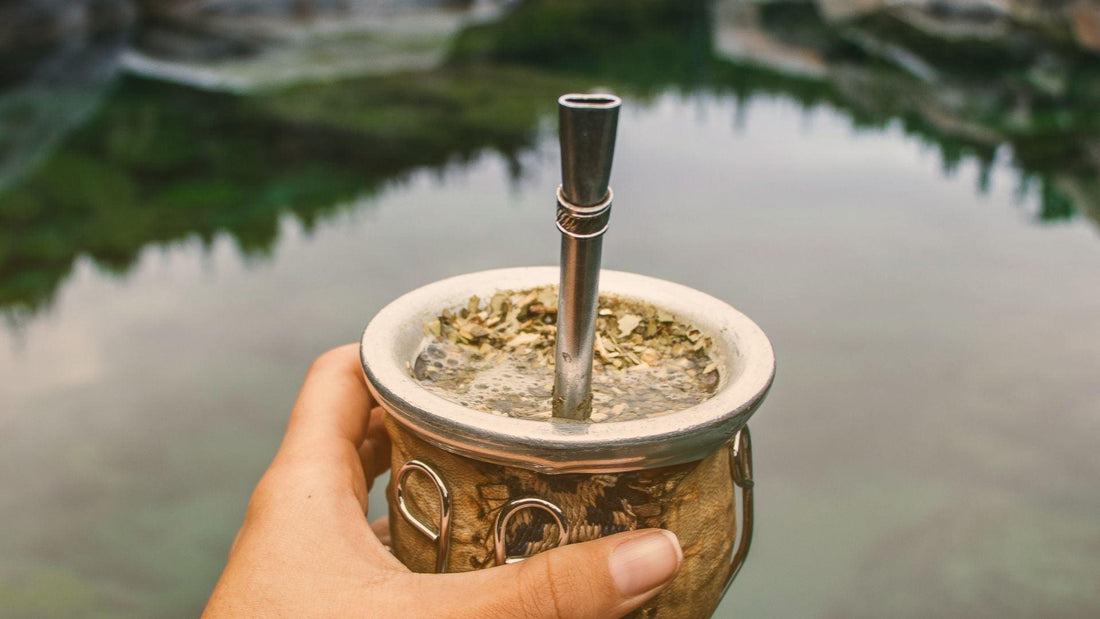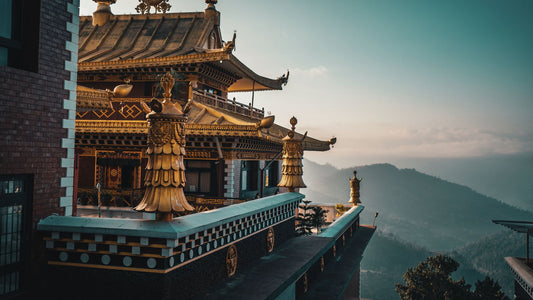The History of Yerba Mate & Its Use By Indigenous Peoples
Anthony Gucciardi
Yerba Mate, the naturally-caffeinated tree that comes from the holly family, continues to become more well-known in the United States and the Western world, but this 'new' legendary herb has been used for thousands of years by the indigenous peoples of South America.
The origins of Yerba Mate are richly steeped in traditional healing systems, ceremony, and even the perceived 'magic' of the tree product often used in traditional tea and even fermented for a potent black-colored drink. In our modern world, Yerba Mate has been made available in a wide variety of forms including health supplements, drinks, and powders.
The History Of Yerba Mate & Its Historic Use By Indigenous Peoples
Yerba Mate has been used along with its powerful energy boosting properties* by the indigenous Guaraní people for millenia, reportedly as far back as 3,000 B.C. far before it was popularized through emergence with other cultures.
The 'Matero' publication reports that Yerba Mate was even used by the Creek peoples who resided near the Appalachian Mountains, who prepared it in the form of a beverage for consumption that was noted for its black color. Javier Ricca in his book El Mate also details the super-herb's use by the Jibaro people through fermentation, the Ch'unchu peoples for its 'magical' effects, the Xetá peoples who chewed its leaves, and many other groups.
Yerba Mate is even known to be used in a ritualistic bonding sense, with yerba mate consumption sometimes dubbed a 'ritual of friendship' even in modern day practice. Imbibing yerba mate in a circle of people or community often came paired with music and dancing. Once believed to be a 'gift from the gods', yerba mate still plays a cultural role in the lives and traditions of many South American communities.

In one of the more spectacular accounts, archaeologists reported discovering Yerba Mate leaves in a 1,000-year-old tomb among the belongings of the individual who was buried near Lima, Peru. In the above image, Hjalmar Stolpe and his team are photographed during a dig in Ancon, Peru.
"...archaeologist[s] found yerba mate leaves among some of the dead's personal belongings. The tomb was over 1000 years old. This is one of the few dated proofs of yerba mate consumption in South America before the Spanish conquest." - Paraguay: On the origins of Mate
The Historic Popularization of Yerba Mate

Far after it was used in traditional systems, it was not until colonization that Yerba Mate was popularized to other cultures.
According to the paper "Yerba Mate: National Project to Emerging Superfood" by Ana Fochesatto of Illinois State University:
“Yerba mate was first used by indigenous Guaraní people and was popularized during the colonial era. The dried leaves and stem of the tree are used to make an infusion, called mate. Today, Argentina, Paraguay, and Uruguay all claim it as their national drink or infusion.”
While the European settlers were at first confused by the nature of Yerba Mate, its energy properties eventually led to much discussion around its use and potential effects -- some of which ended up being quite entertaining when viewed through a modern lens.
As Assistant Professor at Arizona State University Julia Sarreal writes for the ReVista Harvard review of Latin America:
"European settlers and travelers to the region wrote extensively about the drink’s many supposed attributes. On one hand, it was reputed to give strength, rejuvenate, and clarify the senses and was often described like a wonder drug that could cure a variety of maladies. On the other hand, too much yerba mate was described as a vice that was addictive and made people lazy and willing to do anything to get it."
How Much Yerba Mate Is Consumed Each Year

Today, Yerba Mate is consumed in large quantities throughout South America and more and more people in the United States are selecting Yerba Mate as a replacement for coffee, or in addition to their daily coffee routines. NIH research reveals that the average consumption of Yerba Mate in regions where Yerba Mate occurs in its natural state, the dried leaves are consumed at an average of around 1 liter of drink per day.
When looking at consumption levels in Argentina and Uruguay, the per capita averages are even higher; Argentina comes in at 5 to 6 kilograms per year, and southern Brazil at 3-5 kilograms per year.
That's a lot of Yerba Mate, and a lot of potential benefit, as Yerba Mate may offer a host of health-boosting properties from boosting healthy energy levels and focus to providing a rich source of nutrients and antioxidants.
Additional Sources / Further Reading:
Arizona State University
Britannica
UNESCO
Photo Credit:
Photo by Los Muertos Crew.
Photo by Palu Malerba.
Photo by Rafael Guimarães.
100% human-created content. Professionally reviewed for quality and information content.



